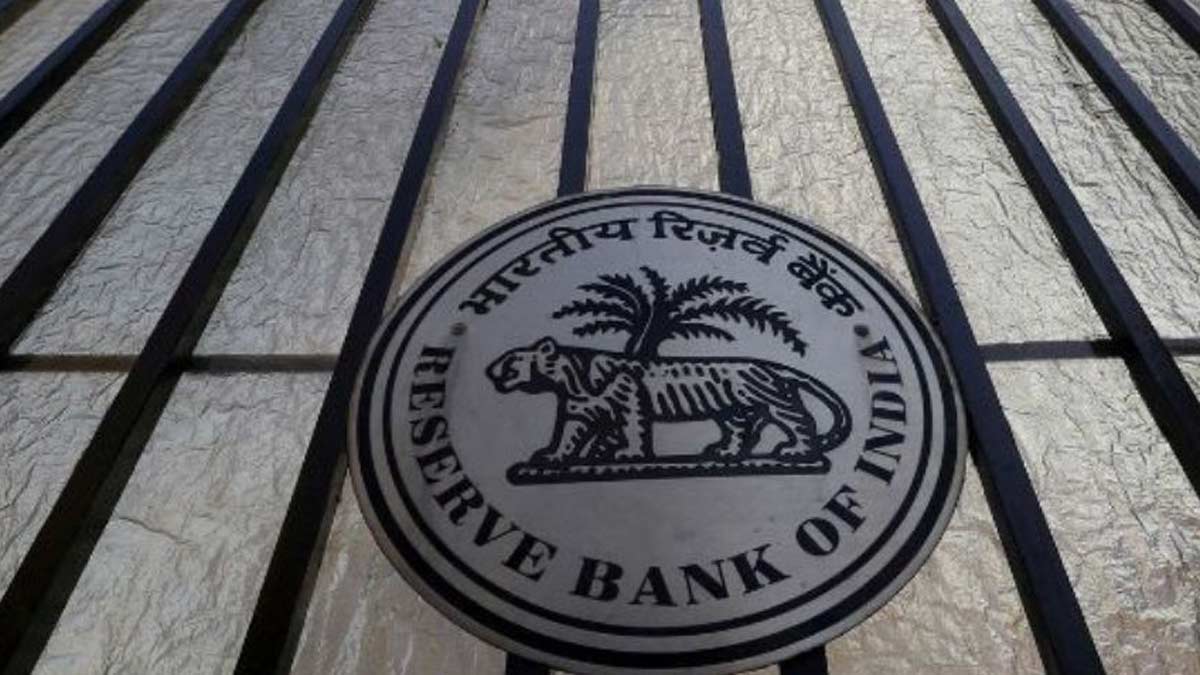The US Federal Reserve slashed its interest rates by an outsized 50 basis points on September 18. The Chinese central bank recently cut its key short-term interest rate. The European Central Bank (ECB) has cut its interest rates too, so has Indonesia. As inflation moderates, major central banks are taking steps to support economic growth.
All eyes are now on the Reserve Bank of India. Will RBI, which has kept the repo rate unchanged at 6.50 per cent for nine consecutive times, join the rate cutting race or will it stay put once again? Everyone will be watching the decision that will be announced tomorrow.
The Reserve Bank's monetary policy committee (MPC) has had a lot to consider. On the one hand, India's economy has been among the fastest growing. Real GDP is expected to grow at 7.2 per cent in the current financial year ending March 2025, as per RBI's own projections. But, then again, recent data like passenger vehicle sales, and PMI (purchasing managers index) data indicates things are slowing down a bit.
On the other hand, notably, CPI (consumer price index) inflation has been below the central bank's targeted 4 per cent in July (3.60 per cent) and August (3.65 per cent).
Governor Shaktikanta Das has for long stressed that the RBI inflation target is 4 per cent and not the band of 2 per cent to 6 per cent. So, with inflation target now achieved, the RBI can now cut the repo rate, joining other central banks in a new phase of lower interest rates? Not quite, say several analysts.
"Despite more signs of a cyclical thaw in growth momentum and a visible loss of inflation momentum through 2024, the RBI is likely to remain on the sidelines. In recent weeks, even with a weaker than projected growth estimate, and a sharp decline in global commodity prices, the RBI, especially Governor Shaktikanta Das, has expressed confidence in their forecast of 7.2 per cent for FY25, and alluded to data dependency for the inflation outlook, before signalling a clear pivot," said Rahul Bajoria, India and ASEAN economist at Bank of America.
Bajoria, who sees RBI as "a lonely hawk", feels a shift in stance is becoming likely.
"It is possible that the RBI may signal greater data dependence going ahead, as real rates remain elevated, and headline inflation is closest to the inflation target it has been in almost twenty-two quarters. This opens up the possibility of a shift in stance to neutral as well, if the RBI wants to entertain the idea of a rate cut," he said.
The governor had himself said in a speech recently that while inflation had moderated, there was still a distance to cover.
Aditi Gupta, economist at Bank of Baroda, too, expects a status quo for now on both rates and the stance.
She noted that the outlook on food inflation was positive, supported by a normal monsoon and arrival of fresh crops should help ease the stickiness in prices of key vegetables. Core inflation is also expected to remain at or below 4 per cent.
"However, risks to the outlook remain from unseasonal rainfall during the withdrawal of monsoon, which can impact standing crops. On growth, it does appear that the economy is moving along at a steady rate. Given this backdrop, the MPC is likely to wait for another few months to assess the risks to the inflation trajectory, before cutting rates," said Gupta.
Ahead of this MPC meeting, the government appointed three new members to the monetary policy committee, following vacancies left by the exit of Ashima Goyal, Jayanth Varma and Shashank Bhide, whose term had ended.
Among the new appointees, Prof. Ram Singh is a director with the Delhi School of Economics, Nagesh Kumar is director and chief executive at Institute for Studies in Industrial Development and Saugata Bhattacharya is a senior fellow at Center for Policy Research. What stance they take during the meeting will be interesting.
"With growth not showing signs of crashing but with some lingering risks on the prices side, we see the best bet for RBI to continue to stay on the sidelines," said Indranil Pan, chief economist at Yes Bank.
According to him, every policy from here on will be "live" and incoming data will determine RBI's reaction function. While, the timing of a rate cut is uncertain, Pan believes the cycle will be shallow with only around 50-75 basis points of rate cut.
Madhavi Arora, lead economist at Emkay Global Financial Services, says, persistently elevated and widespread food inflation, averaging at 8 per cent in the past 12 months is preventing durable disinflation from taking hold.
"While the upcoming policy may not see any rate action, a stance change to neutral with stress on being 'actively disinflationary' would be MPC’s best bet to prep ground for start of a shallow easing cycle, possibly from December," Arora pointed.
While consensus expectation is that the RBI will keep the repo rate on hold, Nomura's Sonal Varma maintains that there will be a 25 bps rate cut this time around.
"We believe inflation is aligned to the 4 per cent target, growth signals are softening, a policy-induced credit slowdown is underway and real rates are high, which provides room to recalibrate policy settings with stoking inflation," said Varam.



